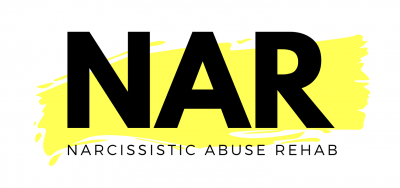What is gaslighting? Learn the definition, signs, and some examples of this covert form of psycho-emotional abuse commonly used by narcissists.
Tactics
Attachment specialist Dr. Michael Kinsey of Mindsplain on the four main reasons for parent-child estrangement in narcissistic abuse.
DARVO is an initialism that stands for Deny, Attack, Reverse, Victim, and Offender. It describes a defense tactic used avoid accountability.



